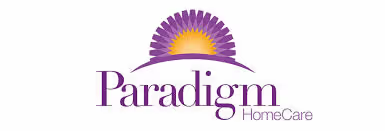Case Study: Transforming IT Infrastructure for a Texas Home Health Company
Inconsistent Standards Across Locations
- Lack of Uniform IT Practices: Each facility operated with its own set of IT protocols, leading to inefficiencies and difficulties in managing and maintaining systems.
- Operational Silos: The absence of a centralized approach created silos, making it hard for management to ensure quality and consistency in service delivery.
Disjointed Communication Systems
- No Centralized Phone System: With separate telephone systems at each location, communication was fragmented, resulting in delays and missed opportunities.
- Integration Barriers: The lack of a unified communication platform complicated efforts to integrate newly acquired companies.
Weak Cybersecurity Controls
- Vulnerability to Threats: The company’s disparate systems had varying levels of cybersecurity increasing the risk of cyberattacks.
- Compliance and Risk Management: Inadequate cyber controls made it challenging to meet regulatory requirements and protect sensitive patient information.
- A prominent home health company based in Texas was facing significant IT challenges that hampered its operational efficiency and growth ambitions. With a network of locations operating under varied standards, the company struggled with inconsistent processes, disjointed communication systems, and weak cybersecurity measures.
Operational Efficiency and Scalability
- Streamlined Operations: Standardizing IT practices led to faster issue resolution and consistent operational processes, reducing downtime across locations.
- Ease of Expansion: The centralized phone system and IT framework made it significantly easier to integrate new acquisitions, supporting the company’s rapid growth strategy.
Enhanced Security and Compliance
- Reduced Cyber Risks: Strengthened cybersecurity controls provided better protection for sensitive patient data and helped the company meet industry compliance standards.
- Improved Risk Management: With uniform standards and centralized oversight, the company now had the tools needed to proactively manage and mitigate IT-related risks.
Improved Communication and Collaboration
- Unified Communication Platform: The centralized telephone system bridged the communication gap across various locations, leading to improved internal collaboration and better customer service.
- Scalable Infrastructure: The IT infrastructure is now flexible enough to support future growth, ensuring that the company can continue to expand without facing similar challenges.

